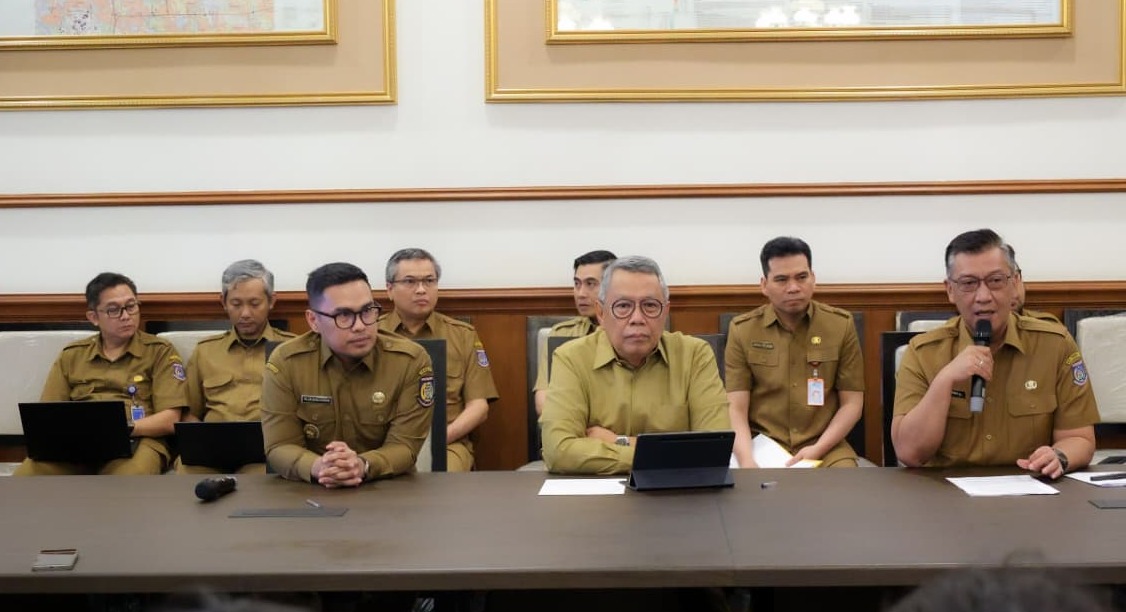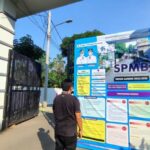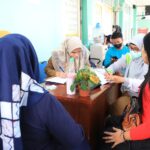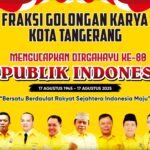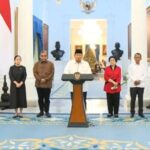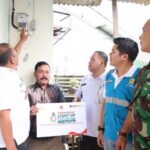SOUTH TANGERANG CITY – The South Tangerang City Government appreciates and values the active participation of the community in overseeing regional financial management and is committed to providing factual, transparent, and accountable explanations.
This statement was made by the Mayor of South Tangerang in response to questions regarding the use of budget items in the (LKPD) 2024 that has become a public focus.
The Mayor explained that the LKPD is a document that must be published based on Government Regulation Number 12 of 2019 concerning regional financial management. This is a form of transparency in regional financial management.
Regarding the use of the souvenir and memento budget of IDR 20.48 billion, it was realized for all regional apparatuses in South Tangerang City. This includes all regional apparatuses, districts, and sub-districts throughout one year.
“The souvenirs were used, among other things, for community empowerment activities, health promotion, worship equipment provided to the community, awards for accomplished athletes, school institutions and management. The souvenir budget was spent through Micro, Small, and Medium Enterprises (MSMEs) to improve the economy of the South Tangerang community,” explained the Mayor.
Meeting and Gathering Consumption Budget
As for the meeting and gathering consumption budget item of IDR 60 billion, the Mayor explained that this budget covers many activities, including community meetings, cross-regional apparatus coordination meetings, regional forums, and strategic meetings throughout 2024.
“Including facilitating community activities that have been programmed by the South Tangerang City Government,” said the Mayor.
He gave examples, such as facilitating the departure and return of 1,300 Hajj pilgrims, facilitating city-level national and religious holiday events, and fulfilling proposals from the community submitted to the South Tangerang City Government for socio-religious activities. These include Independence Day commemorations, Youth Pledge Day, the Prophet’s Birthday, the Islamic New Year, and Isra Mi’raj.
Not only that, but also youth, sports, and arts activities such as martial arts tournaments, arts and sports weeks, and Islamic boarding schools in the context of Santri Day, whether organized by the general public, students, or religious study groups. Also, socialization with neighborhood and community unit leaders, development planning forums, activities to improve the quality of human resources for employees (apparatus, teachers, health workers), youth empowerment, Family Welfare Movement and integrated health post empowerment, food and drink during disaster management, and even local regulation enforcement.
“In this case, it involves tens of thousands of people,” he emphasized.
The Mayor explained that for official travel amounting to IDR 117 billion, it was realized by 37 regional apparatuses, 7 districts, 54 sub-districts, and 207 school technical implementation units for technical guidance. This includes training for officials, attending invitations from the central and provincial governments, and conducting coordination related to regional development to improve the quality of Human Resources (HR) and public services. The budget was also allocated for 12 regional Hajj officers.
“Official travel allowances are also provided as transportation reimbursement for community members attending training activities, deliberations, socialization, and so on,” clarified the Mayor.
Regarding office stationery and supplies amounting to IDR 38 billion, this is the operational budget for one year for 37 regional apparatuses, 54 sub-districts, 3 Regional General Hospitals, 35 community health centers, and 207 school technical implementation units.
For the road, irrigation, and network maintenance budget of IDR 731 million, it is important to understand that this amount is used for office electrical installation network needs. Meanwhile, road and irrigation maintenance falls under the capital expenditure account code for roads, irrigation, and networks with a budget ceiling of IDR 538 billion.
Social Assistance Budget
Next, for social assistance funds amounting to IDR 136 million, they were given to community groups based on proposals submitted to the South Tangerang City Government.
“That amount is for two institutions that submitted social assistance proposals,” stated the Mayor.
Regarding poverty alleviation, the South Tangerang City Government has budgeted IDR 648.1 billion, carrying out various activities across several regional apparatuses. These include the renovation of 500 uninhabitable public houses each year, sanitation and public bathroom improvements, universal health coverage for 284

